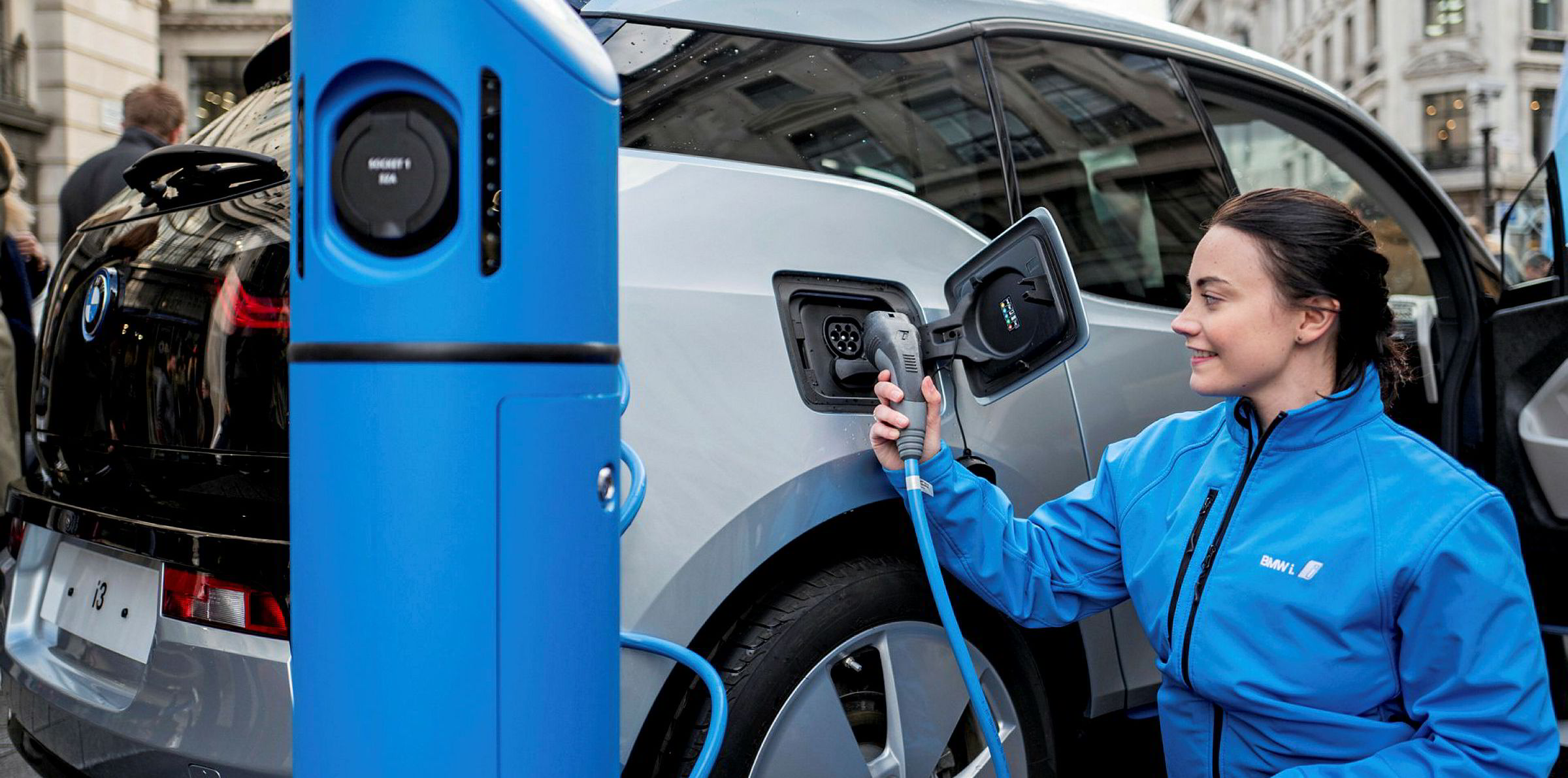On the surface, electric vehicles (EVs) may seem of scant relevance to the renewables industry, little more than an expensive novelty that might one day increase the demand for electricity. Yet a consensus is emerging that the ongoing expansion of wind and solar power may not be possible without the rise of EVs.
“There is not going to be 40% energy generated by renewables in Europe over the next 15 years if electric vehicles are not going to be there — they’re too important,” Francesco Venturini, chief executive of Enel X and former head of Enel Green Power, told a recent energy conference.

